Don Bubar-led Avalon Advanced Materials (TSX: AVL; US-OTC: AVLNF) has refocused on its Separation Rapids hard-rock lithium deposit, 70 km north of Kenora in northwestern Ontario, while scaling down efforts at its Nechalacho rare earth element project near Great Slave Lake in the Northwest Territories.
In May, Avalon updated the resource at Separation Rapids, bringing the total measured and indicated Resources to 8.4 million tonnes grading 1.41% Li2O, with another 1.8 million tonnes at 1.35% Li2O.
The new resource figure incorporates results from a four-hole drill program carried out in early 2018, and boosts tonnage by 10% from the prior estimate.
Avalon will soon update a preliminary economic assessment carried out at Separation Rapids in September 2016, and will study the economics of a smaller-scale operation that can built up in stages, bringing down initial capital expense estimates into the $50- to $70-million-range, versus the original $450-million plan.
Avalon said it will reactivate its Nechalacho project this year due to “strong demand for the ‘magnet rare earths’ neodymium and praseodymium,” and has updated its plans for small-scale re-development of the past-producing East Kemptville tin mine in Nova Scotia’s Yarmouth County.
CANADA RARE EARTH
Canada Rare Earth (TSXV: LL; US-OTC: RAREF) describes itself as a developer of a vertically and horizontally integrated business within the global rare earth industry that seeks to build a supply chain “connecting mining operations to rare earth concentration processes to rare earth separation and refining facilities, and to major international customers.”
To that end, the company says it: identifies existing and potential rare earth sources that can provide reliable, long-term supply; develops pre-treatment facilities and full-capability, rare earth-separation facilities in strategic locations; and enhances relationships with major international manufacturing companies and their supply networks.
Based in Vancouver, the firm is led by CEO Tracy A. Moore and chief operating officer Peter Shearing.
As of November 2017, directors, senior management and advisers own 22% of the company’s shares, and the market capitalization was $11 million at press time.
Canada Rare Earth is involved with projects in North America, the Caribbean, South America, Africa, Asia and Southeast Asia.
CORNERSTONE METALS
While the prices for many other mined commodities take a breather in mid-2018, the vanadium market continues to heat up, with vanadium oxide prices rising to US$32 per lb. in recent months — the highest level since 2008.
Vancouver-based Cornerstone Metals (TSXV: CCC; US-OTC: CCCCF) hopes to ride the vanadium wave with its Carlin vanadium project located 22 km from Elko, Nev., which Cornerstone calls the “one of the largest, highest-grade primary vanadium deposits in North America.”
In June, Cornerstone announced more preliminary results of metallurgical test work conducted on Carlin vanadium-mineralized material, with the third round of testing reaching 95.5% vanadium extraction levels.
“Our testing has very quickly moved the needle from the low eighties — which were strong — to outstanding numbers, far exceeding even our metallurgists’ expectations”, Cornerstone president and CEO Paul Cowley said in a release. “These numbers show a clear sign of a major technical breakthrough for our project.”
An historic resource estimate calculated in 2010 delineated 28 million tons (25.4 million tonnes) grading 0.515% vanadium oxide at a 0.3% cut-off grade, for 289 million lb. contained vanadium oxide.
FIRST COBALT
Led by president and CEO Trent Mell, Toronto-based First Cobalt (TSXV: FCC; US-OTC: FTSSF) bills itself as the largest cobalt exploration company in the world, and aims to create the world’s “largest pure-play cobalt exploration and development company.”
Though it was only formed in early 2017, First Cobalt has already accumulated over 100 sq. km of prospective ground in Ontario’s iconic Cobalt camp, with the company’s Greater Cobalt Project comprising land that includes over 50 past-producing mines, a mill and the only permitted cobalt refinery in North America that makes battery materials.
In June, First Cobalt outlined a $9-million work program for its newly acquired Iron Creek cobalt project in Idaho, where it intends to calculate a resource estimate by October 2018, and complete another 30,000 metres of drilling to double the mineralized zone along strike beyond the area drilled in 2017.
The historic resource at Iron Creek is 1.3 million tons (1.2 million tonnes) grading 0.59% cobalt.
FORTUNE MINERALS
Fortune Minerals (TSX: FT; US-OTC: FTMDF) is steadily advancing its vertically integrated Nico cobalt-gold-bismuth-copper project. The original Nico concept would see a mine and mill in the Northwest Territories that produces a bulk concentrate for shipment to a refinery, which the company plans to build in Saskatchewan.
Fortune has said the products at the refinery would include cobalt chemicals for high-performance, rechargeable batteries and bismuth metals and chemicals, as well as gold.
However, in June Fortune said it had been approached by several global mining and refining companies interested in buying metal concentrates directly from the mine.
If the junior goes this route, it says it could “defer the Saskatchewan refinery, reducing upfront capital by about 50% and mitigating risks in commissioning and downstream processing.”
Fortune says it is adjusting its Nico project engineering designs to allow flexibility to accommodate all of its downstream process options.
GLOBAL ENERGY METALS
Junior Global Energy Metals (TSXV: GEMC; US-OTC: GBLEF) is developing its Millennium cobalt project in the Mt. Isa mining district in Queensland, Australia.
Millennium hosts an inferred resource of 3.1 million tonnes grading 0.14% cobalt, 0.34% copper and 0.12 gram gold per tonne.
The junior has just boosted its ownership of the Millennium project to 100% from 25%, and acquired 100% of the nearby Mt. Dorothy and Cobalt Ridge cobalt projects (the latter two now collectively called the “Mt. Isa project.”)
“This combination creates one of the largest and most exciting cobalt exploration packages in Australia,” said Mitchell Smith, president and CEO of Global Energy Metals.
The company has also teamed with Australia’s Marquee Resources, which is sole funding a $2.5-million work campaign to advance the past-producing Werner Lake cobalt mine in Ontario, where a drilling program is underway.
NEO LITHIUM
Waldo Perez-led Neo Lithium (TSXV: NLC; US-OTC: NTTHF) is active in South America’s Lithium Triangle. Its Tres Quebradas (3Q) lithium brine project in Argentina’s Catamarca province covers 350 sq. km, and hosts a measured and indicated resource of 714,000 tonnes lithium-carbonate equivalent at an average grade of 716 mg lithium per litre, plus an inferred resource of 1.34 million tonnes lithium-carbonate equivalent at an average grade of 713 mg lithium per litre.
Neo Lithium says 3Q is one of the highest-grade lithium brine projects in the world. It has the lowest impurity content of any known salar; its salar footprint is large, at over 150 sq. km; and it is wholly owned and fully permitted.
Neo Lithium says the highlights of its recently completed second drilling season at 3Q are: the highest-grade intercept ever over 99.5 metres, with an average of 1,407 mg per litre lithium and 10,562 mg per litre potassium; the average grade of all drill samples coming at 14% higher than the initial season’s results; and the deep aquifer drilled to 647 metres, and still open at depth.
STANDARD LITHIUM
Standard Lithium (TSXV: SLL; US-OTC: STLHF) is exploring and developing its Bristol Dry Lake lithium project in the Mojave region of San Bernardino County, California.
The Vancouver-based junior says the location has infrastructure in place, with easy road and rail access, and abundant electricity and water sources, and is already permitted for extensive brine extraction and processing activities.
The company is also starting due diligence and resource evaluation on 121 sq. km of brine leases located in the Smackover Formation in southern Arkansas.
In mid-June, Standard Lithium engaged consultants Hunt, Guillot & Associates of Ruston, La., to provide engineering services for site preparation, utility connections, and brine supply and disposal pipeline connections at Standard’s pilot plant site in El Dorado, Arkansas.
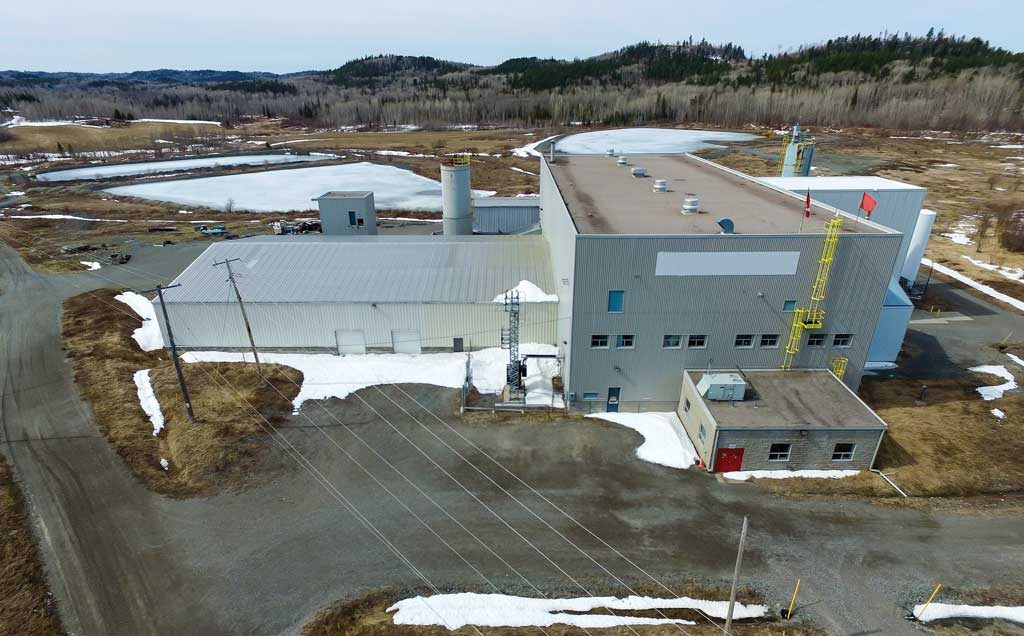
 First Cobalt’s permitted cobalt refinery in northern Ontario, where the company envisions processing ore from the Iron Creek project in Idaho. Credit: First Cobalt.[/caption]
First Cobalt’s permitted cobalt refinery in northern Ontario, where the company envisions processing ore from the Iron Creek project in Idaho. Credit: First Cobalt.[/caption]
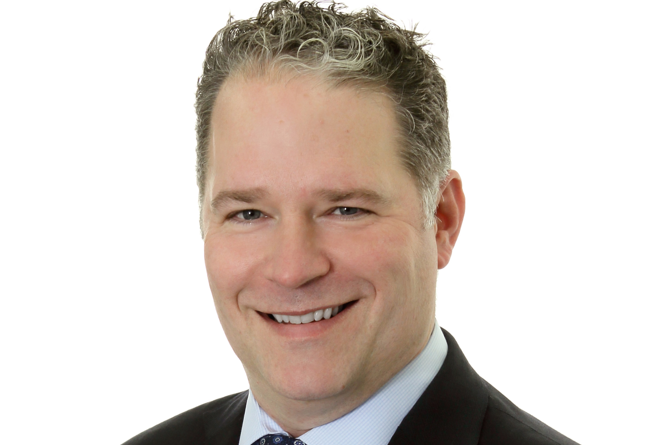
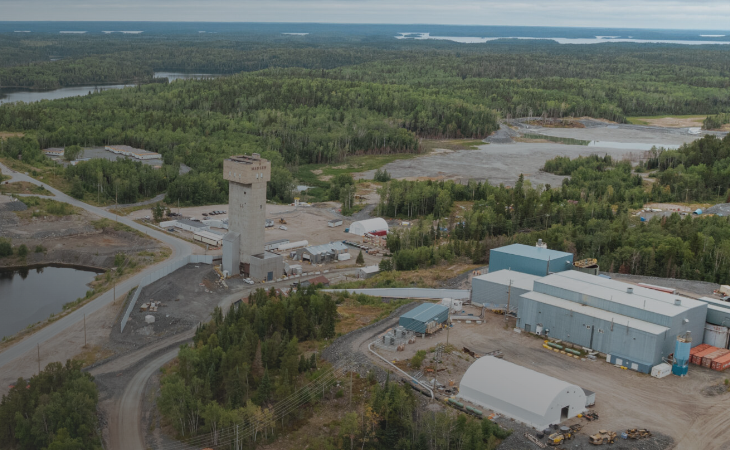

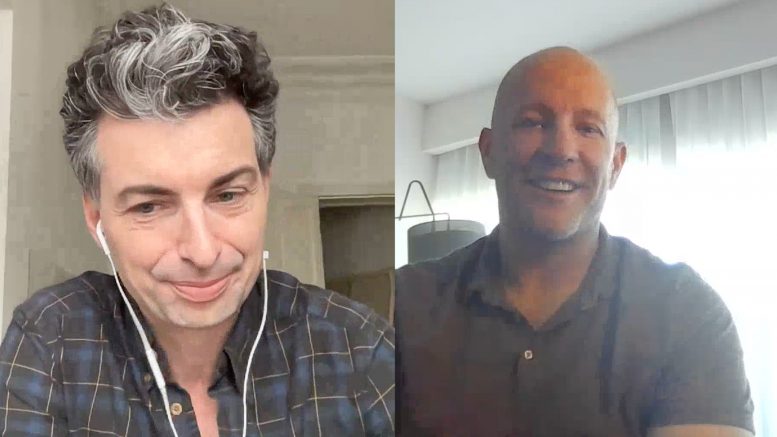
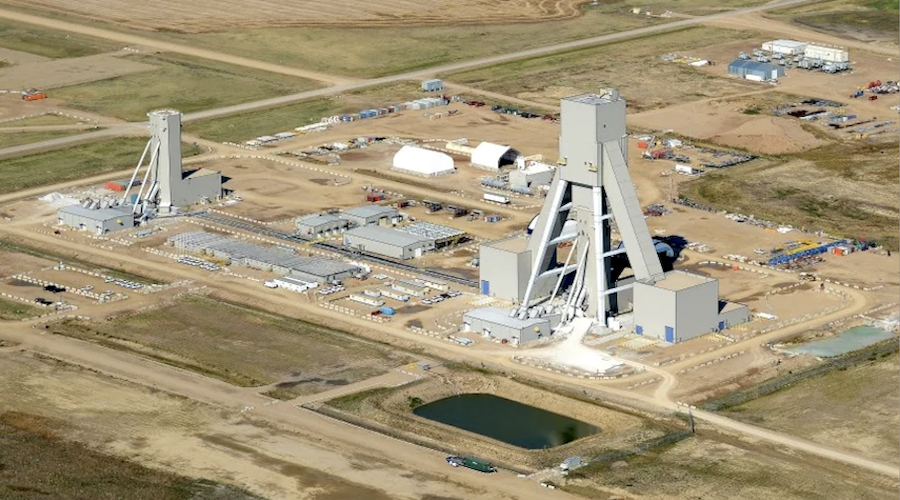
Comments
Gambalunga
Humm….I see there is room for a lot of consolidation. These dwarfs need to grow double F A S T because the electric cars batteries sistems are not going to wait around for little dwarfs to grow individually. They will need one big guy to talk about prices and deliveries of cobalt, lithium, etc. MOVE GUYS, HURRY!!!!